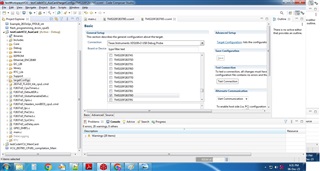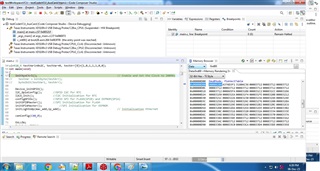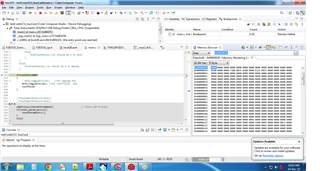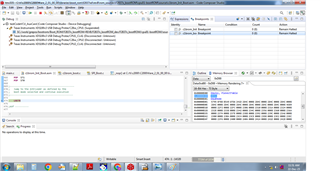Other Parts Discussed in Thread: C2000WARE
I have a Controller(TMS320F28379D) and EEPROM(25AA512, spi interface), i was trying to boot this controller with EEPROM in boot mode so that the controller takes the code from EEPROM. can you guide me with the appropriate steps. I have referred the reference manual of the controller section 4.10.4.3 SPI Boot Mode, but the information is not clear.
NOTE : not looking for EEPROM emulation using flash
Best Regards
Saddam












 as you can see the value of z1-bootctrl in memory browser
as you can see the value of z1-bootctrl in memory browser

 as you can see the value of bootctrl register is not changed, and the controller code is running instead of eeprom code
as you can see the value of bootctrl register is not changed, and the controller code is running instead of eeprom code








 2)
2) 3)
3) 4)
4)
